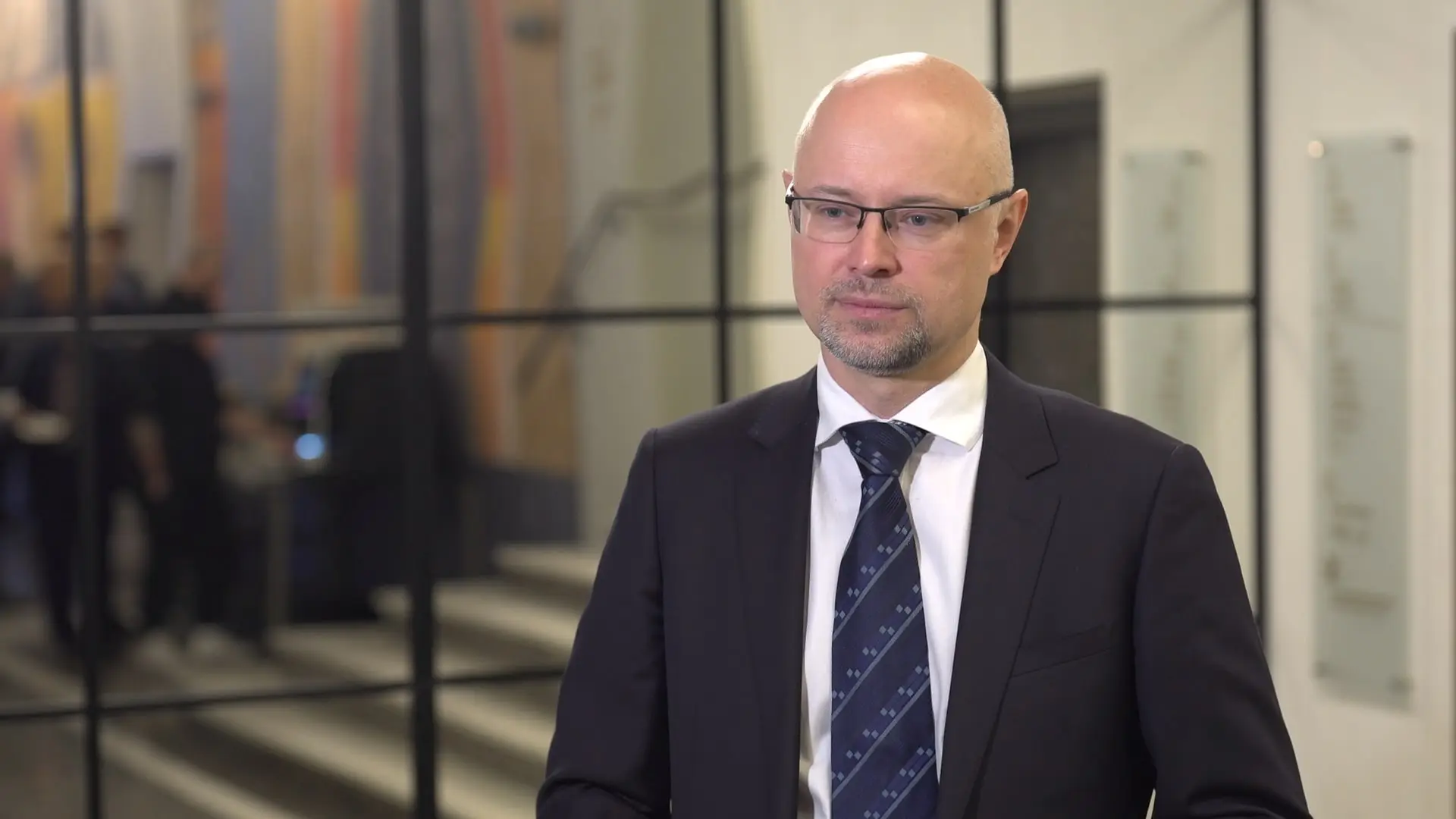The fuel industry has coped well with the disruptions that have affected the Polish market over the last two years. However, fuel security still requires significant effort. Among the priority tasks facing the sector and the government is the expansion of fuel infrastructure, especially new storage capacities, as well as rail and maritime terminals, as indicated by experts from the Polish Organization of Oil Industry and Trade (POPiHN). A challenge in the coming years will also be the green transformation, based on the electrification of transport and alternative fuels, which, according to experts, needs to significantly accelerate in Poland.
“The biggest challenge facing the fuel industry is the energy transition. It is already happening, but it needs to accelerate; we should develop low-emission fuels to reduce emissions in the transport sector,” says Leszek Wiwała, President and CEO of the Polish Organization of Oil Industry and Trade, speaking to Newseria Biznes. “Currently in the EU, the transport sector accounts for 33% of energy used, but only 25% of emissions, so you can see that this transformation process is already underway.”
Greening transport will be one of the main challenges for the Polish economy in the coming years, especially in terms of reducing emissions in heavy-duty transport. Poland has become a European powerhouse in road transport in recent years, but to continue operating in the Western European market, Polish transport companies will need to invest in modern fleets.
“There are many changes in the greening of the industry and low-emission fuels. For example, in Poland, investments are being made in storage and production capacities in HVO [hydrogenated vegetable oil, a synthetic, renewable fuel for diesel engines, made from fat waste – ed.], which will be commissioned this year. However, it must also be said that we are facing very big challenges that the market is not yet able to respond to quickly. Considering regulations and the Fit for 55 package, the amount of used cooking oil that can be utilized for fuel production is small in Poland. The collection is insufficient for our needs, so it is not easy to green transport,” notes Leszek Wiwała.
Orlen has already invested in HVO on the Polish market, constructing a unit for the hydrogenation of vegetable oils at its Production Plant in Płock. It is expected to produce about 300,000 tons of biodiesel or bio-jet fuel annually. The completion of the investment, which is expected to cost about 600 million PLN, is planned for mid-this year. In Płock, HVO production will use rapeseed oil and waste frying oil (so-called UCO), sourced from the gastronomy and hotel industry.
“We have the technology available, but investments in biogas plants, production facilities, and bioLNG are still at an initial stage. Only in the coming years will these investments be completed to bring real benefits to the economy and help reduce greenhouse gas emissions from transport in Poland,” says the president of POPiHN.
He emphasizes that alongside green transformation, fuel and energy security remains a significant challenge. The needs in this area were particularly highlighted by the outbreak of the war in Ukraine, which destabilized the global fuel market and forced European countries to abandon Russian raw materials. As experts from POPiHN point out in the report “Oil Industry and Trade 2023”, thanks to substantial efforts, the Polish fuel market was secured, avoiding shock therapy for the economy and society. There has been much talk about a drastic increase in fuel prices at gas stations. Nevertheless, market fluctuations related to price volatility, demand, and supply could not be avoided. Experts suggest that the experiences of the last two years should be taken into account in preparations for upcoming sanctions – from December 2024, an embargo on Russian LPG will begin to apply. In particular, it involves optimizing rail logistics and, in the longer term, urgently building gasoline storage facilities and expanding maritime terminals for fuel supply. These two aspects are also crucial in maintaining emergency fuel reserves.
“Above all, we need new storage capacities. This is the biggest infrastructural challenge, the greatest investment need,” emphasizes Leszek Wiwała. “It is also important to expand rail tracks; this infrastructure is still insufficient. We also need investments in railway infrastructure at ports. Currently, there is also an investment underway to deepen the sea channel in Gdynia, and it is very important that large tankers can reach the port of Gdynia to be unloaded in Dębogórze, as currently, only small tankers with ready fuel can enter there. Thus, we face many infrastructural challenges, but it is important that these investments in new capacities and storage facilities for ready fuels are accompanied by a reform of the reserve system, to transfer more responsibility for the market and reserves to the Governmental Agency for Strategic Reserves.”
From the POPiHN report, it is clear that a return to the interrupted process of changing the reserve structure in 2017 is necessary. Ultimately, the division of the obligation to maintain physical fuel reserves between the Governmental Agency for
Strategic Reserves and fuel companies should be in the proportion of 2:1, i.e., the state side should be responsible for 60 days of reserves, and entrepreneurs for 30 days. For seven years, entrepreneurs have been responsible for 53 days, which means that in the absence of sufficient storage capacity and a dynamically growing market, entrepreneurs try to secure volumes for future reserves.
According to estimates by the consulting firm Wood Mackenzie, by 2030, demand for fuels in transport in the European Union, enlarged by the United Kingdom, will drop to 552 million tons, i.e., by as much as 23% compared to 2005. However, in Poland – unlike the entire EU – demand for liquid fuels is expected to grow in the near future and will likely reach its peak in 2028-2029. As the April report by POPiHN indicates, consumption of liquid fuels in Poland last year amounted to nearly 38.1 million m3 compared to 35.8 million m3 the previous year, increasing by 6% year-on-year.
